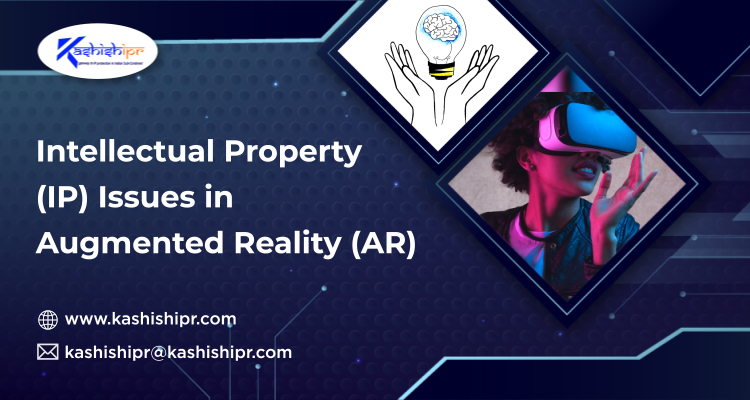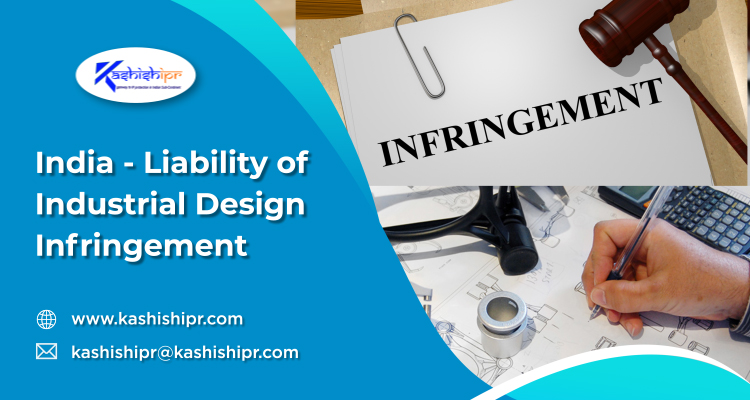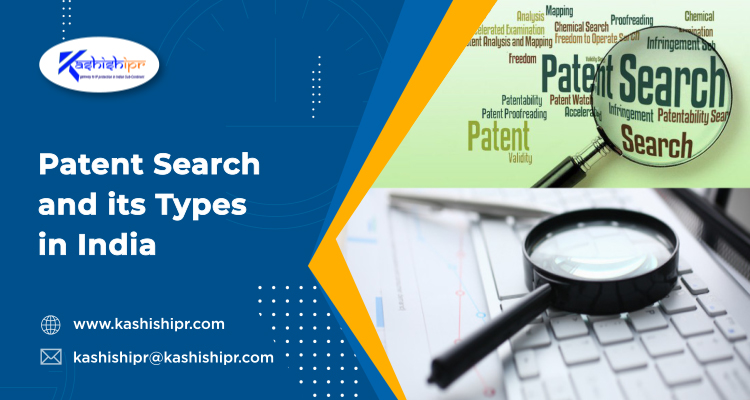
Augmented Reality (AR) and Virtual Reality (VR) technologies are growing rapidly and becoming more noticeable and shall be transformative to the way we learn, live, work, and play. Undoubtedly, both technologies bring a complete set of novel Intellectual Property (IP) issues for business companies, brands, individuals, courts, and IP practitioners. Therefore, it won’t be wrong to admit that many legal issues need to be addressed in these fields, and many more are yet to be explored as the two technologies evolve.
Sometimes, AR and VR are used in overlapping ways; however, the two terms present unique and different issues in the IP world. AR keeps the real world in the background and enhances it with digital features, thereby layering new strata of perception and supplementing one’s environment or reality with additional material. The digital features could be anything perceived by the five senses, i.e., vision, smell, taste, sound, or touch. On the other hand, VR refers to a way of generating realistic sounds, images, and other sensations leading people to the middle of an imaginary world. It is the primary technology of the metaverse.
A familiar example of AR is the game Pokemon Go, which created a nightmare concerning public safety since users went high and low searching for different Pokemon characters while walking and crossing busy city streets with their hands on their smartphones. Much more recent applications for AR run across various industries, including healthcare, travel, real estate, education, sports, entertainment, and potential applications are as unlimited as the human imagination.
With the rapid innovation of AR technology and its growing commercial use, there seem to be many potential IP issues arising in this field. Here in this article, we shall be discussing the IP issues that have already occurred or are likely to occur in the near future in the AR field.
Patents
In the AR field, patent litigation has already commenced for AR hardware and some applications or uses of AR. Since AR capabilities have been limited to gaming devices and mobile devices in recent years, patent litigation in the AR field has been a logical outgrowth of the patent wars consuming the mobile device market. Companies such as HTC, Sony, and Nintendo have already defended such lawsuits in the past. Furthermore, ‘virtual try-on,’ a category of promising AR applications allowing customers to use web cameras within the comfort of their homes to see how outfits, jewelry, and other accessories would look on them before purchasing, has already been suppressed as a consequence of a Patent Enforcement campaign initiated by the Non-Practicing Entity (NPE) Lennon Image Technologies.
In the AR field, however, more IP disputes are likely to occur concerning trademark, copyright, public display, and performance, where articulating and defending against infringement matters is always more art than science. We shall be discussing the same in the following segments.
Copyright
The copyright-related questions arise with the extent to which the content in the AR field shall be registrable. The quantum of the original expression essential to qualify a creative work for Copyright Protection is undoubtedly low. However, at least some creative content in the AR field shall be designed to mimic, recreate, or merge with the real physical surroundings to the extent that the same won’t be distinguishable as digital. It takes us to the judgment of Judge Gorsuch in Meshwerks, Inc. v. Toyota Motor Sales USA, Inc., wherein he held that a 3-D digital recreation of an actual Toyota vehicle purely recreated an already existing work in a new medium and therefore didn’t consist of any original expression that could obtain copyright protection. That said, solely artificial worlds won’t be denied copyright protection only because they are realistic.
Potential instances of Copyright Infringement shall be all around us as AR artists continue using the physical world as their digital palette. In the ongoing digital era, most AR apps work by identifying a 2D symbol or physical object and then animating that view before the user’s eyes to set an illusion that it has transformed into something else. The question in this scenario is whether this process infringes upon the right to create a derivative work of the physical object? The correct answer in most cases shall be ‘no,’ because even though it seems that the object has been modified – it hasn’t been. It is just an illusion created by overlaying a digital view atop a physical view. However, kindly note that developing the software necessary to cause the said illusion may require copying and then altering the physical work, which may amount to copyright infringement in some cases.
Public Display and Performance
In the AR field, questions of public display and performance can be raised too. For instance, copyright holders may argue by stating that depicting their creative works in AR form (if it seems as if they are in the public space) leads to their unauthorized public display. Also, many AR experiences shall bring about some pieces of content to be displayed or performed only in particular geographical locations, even though the content only truly appears on the user’s mobile device. The question in this aspect is whether such displays and performances can be said to be truly public in nature?
Trademarks
Issues concerning trademarks and unfair competition in the AR field shall be even more diverse. For instance, when virtual trademarks shall seem as if they are anywhere in the physical space, superimposed on whatever may already be there, ‘false connections’ are bound to come into the picture between the IP owner and the virtual advertiser. The same may, in turn, create confusion in the minds of the consumers concerning whether the physical business sponsors or promotes the virtual advertisement. On the other hand, the circumstances in which the ad gets displayed, then again, may eliminate any reasonable likelihood of confusion. In the AR apps today, a user is more likely than he might otherwise be to know who provides the content and understand why it is being displayed the way it is. As we proceed towards broader, more general-use AR platforms such as Facebook, ‘always on’ digital eyewear, or browser-based content, confusion in the minds of the consumers is bound to become more likely.
Bottom Line
The AR technology is likely to touch every aspect of our lives in the coming future and generate what may seem like a never-ending list of social, legal, and ethical challenges. As the AR ecosystem develops, we can expect to see substantial transactions and litigation since many companies shall then come forward to secure Intellectual Property Rights (IPRs) for their AR apps. Therefore, we can say in this aspect that the future may be many things but at least not boring. ✅ For more visit: https://www.kashishipr.com/





